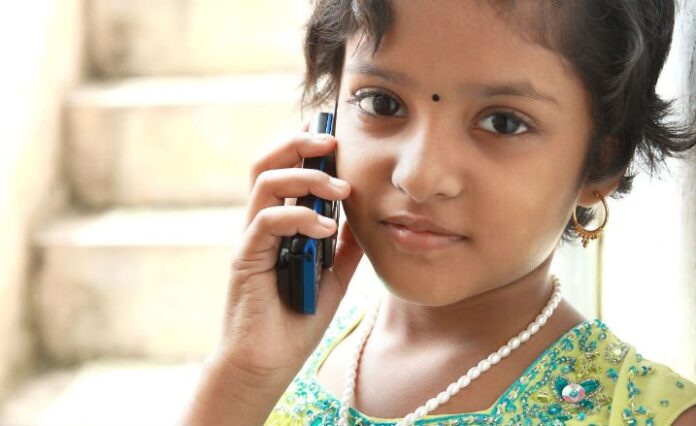Aircel stand out winner with MTNL and Reliance bringing up the rear
Business newspaper LiveMint conducted a survey of 4,000 Indian cellphone customers to measure customer satisfaction as it relates to cellular providers. The poll found most people were happy, or at least content, with their service, but 20% were unhappy with their service across all providers. This comes at a pivotal time for the Indian wireless carrier market, which analyst say is entering a transformative time in its development.
A report by Deloitte India said, “With increasing market competitiveness, the current focus of the telecom operators in India has moved from increasing the subscriber base to improving the ‘active’ user base.”
LiveMint’s survey included Aircel, Airtel, BSNL, Idea, MTNL, Reliance and Vodafone, which together comprise the largest of India’s nationwide carriers. Most Indian cellphone carriers operate on a prepaid model with customers buying data and minutes in increments rather than relying on contracts.
Of those polled, Aircel had the highest customer satisfaction rate with 83% of those surveyed saying they were “very happy,” “happy,” or “neutral” about their service. MTNL and Reliance, meanwhile, nearly tied for most unsatisfied customers with 43% rating MTNL “unhappy” or “extremely unhappy,” and 41% rating Reliance “unsatisfied.”
A major reason why Aircel ranks so high in satisfaction is its smaller customer base. A major issue for Indian wireless companies is the infrastructure bottle neck. Tower construction can be delayed due to a host of reasons ranging from the lack of uniform rules and regulations from region to region; wildlife damaging equipment; or even terrorist attacks.
“In India, we have the least amount of spectrum per million customers compared with anywhere in the world. Everybody is trying to grapple with that,” Hermant Joshi of Deloitte India said.
Despite sluggish infrastructure development, data shows that cellphones across India are more common than indoor plumbing or salaried jobs. The 2011 Socioeconomic and Caste census noted that 68% of India households have only a mobile phone.
“Telecommunication services are known as one of the key driving forces for the socio-economic development of a nation.” the Deloitte India report noted. “Mobile telephony has seen a staggering growth in the past 10 years. However, it has been witnessing a slowdown in recent years. Driven by data explosion and rollout of data services (3G and 4G) along with operational prudence, the Indian telecom market is expected to be back on the growth track. With a total of 11 operators serving an active wireless subscriber base of 842.39 million (88.45% of total registered wireless subscriber base), the Indian telecom market is now amongst the most competitive markets in the world.”

